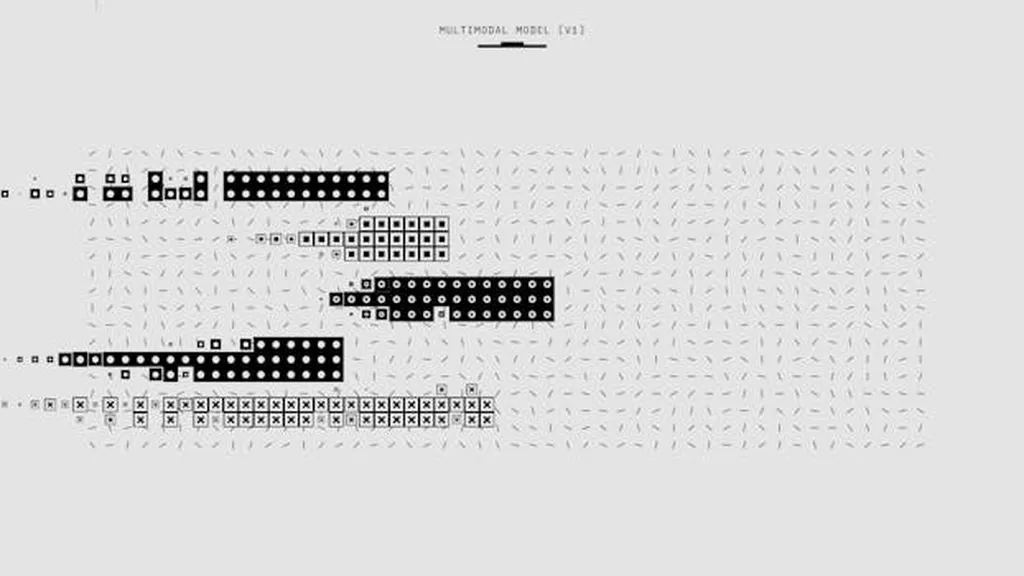In the vast ocean of data that powers modern industries, including maritime, a new wave of research is making waves. Researchers from Dalian Maritime University have developed a novel approach to improve knowledge graphs, which are essentially maps of information that connect different data points. This isn’t just any old academic exercise; it’s a breakthrough that could have significant implications for how maritime professionals manage and utilize data.
At the heart of this research is a model called NACE2T, which stands for Neighborhood Aggregation and CNN (Convolutional Neural Network) for Entity Type Completion. The lead author, ZOU Changlong, along with colleagues AN Jingmin and LI Guanyu from the Faculty of Information Science and Technology, explains that existing models often overlook the relationships between entities, leading to poor performance. “Our model adopts an encoder-decoder structure,” ZOU says, “using the attention mechanism to assign different weights to each relationship-entity pair in the entity neighborhood.”
So, what does this mean for the maritime industry? Knowledge graphs are used to organize and connect vast amounts of data, from vessel tracking to port operations. By improving the accuracy of entity type completion, maritime companies can make better use of their data. For instance, a more accurate knowledge graph could help in predictive maintenance, route optimization, and even supply chain management.
The researchers tested their model on two datasets, FB15KET and YAGO43KET. The results were impressive. On the FB15KET dataset, the NACE2T model showed a 1.5% increase in HITS@1 and HITS@3 metrics. On the YAGO43KET dataset, the improvements were even more significant, with MRR and HITS@3 increasing by approximately 6%, and HITS@1 by approximately 9%.
“Our model can effectively infer the types of entities missing in the knowledge graph,” ZOU notes. This means that maritime companies can fill in the gaps in their data, leading to more comprehensive and accurate knowledge graphs.
The research was published in ‘Jisuanji gongcheng’, which translates to ‘Computer Engineering’. While the technical details might be complex, the implications are clear. As maritime industries become increasingly data-driven, tools like NACE2T can help professionals navigate the complex waters of big data, making operations more efficient and informed.
In the words of the researchers, this is not just about improving models; it’s about leveraging the power of relationships in data to drive better decisions. And in the maritime sector, where data can mean the difference between smooth sailing and rough seas, that’s a breakthrough worth noting.

